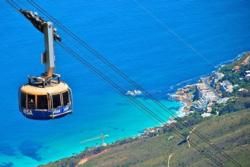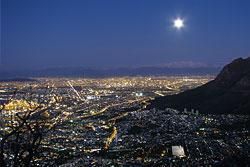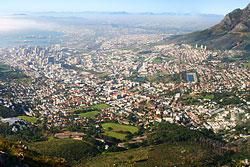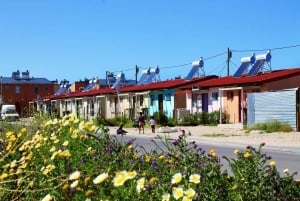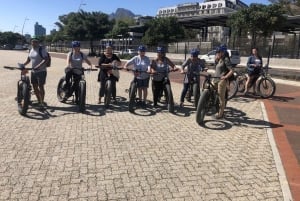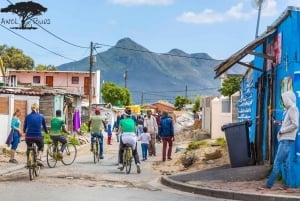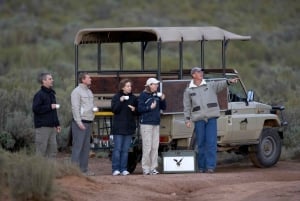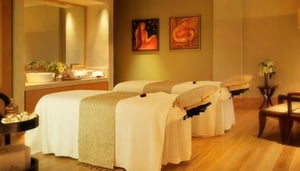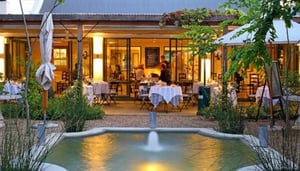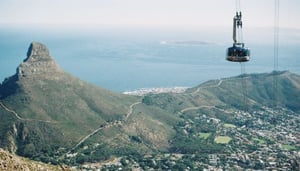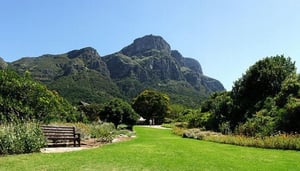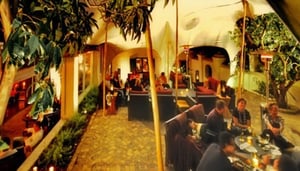City Bowl
The City Bowl makes up the heart of the city between the bay, the foot of Table Mountain and the neighbouring Lion´s Head and Signal Hill. It covers the entire area between the sea, the mountains and the Onder-Kaap, encompassing neighbourhoods such as Gardens, Tamboerskloof, Zonnebloem and Foreshore, as well as the City Centre.
Cape Town City Centre is actually a relatively small area and can be toured on foot with surprising ease. It is not a residential area but the engine room of the city, containing the legal district, the houses of parliament, large multinational companies, and the Houses of Parliament. Most of the tourists find their way to Museum Mile that runs roughly between Wale and Orange Streets and takes in the museums and churches around the Company Gardens, in the heart of the City Centre.
Cape Town nightlife is mainly in the form of bars and clubs, and the main nightlife action is in the city centre, primarily on Long Street. With at least a dozen different options, there's something to please anyone looking for a night on the town. There is also a fine selection of restaurants in Cape Town City, as well as on side roads leading off the main drag.
Watching over the city is of course the iconic Table Mountain. A trip to the top is a must, you can either use the Table Mountain Aerial Cableway (the most popular and quickest method) or one of the numerous walking trails. On the top of Table Mountain at 1,086 metres above sea level you will be treated to amazing views over the whole Cape Peninsula. There are also well sign-posted routes varying in length and difficulty on the top.
On the outskirts of the city is the iconic Cape Town City Hall. This spectacular building was historically the seat of the mayor of Cape Town since it was built in 1905. It is currently used by the Cape Philharmonic Orchestra (CPO) for their performances, and there are now regular art exhibitions that take place there. It was also the home of the City Library – which was temporarily moved in 2009 to the old Drill Hall while the City Hall undergoes much needed restoration.
The building was designed as the result of a public competition, and much of the building material, including fixtures and fittings was, imported from Europe. It is built from honey-coloured oolitic limestone which was imported from Bath in the UK. On February 11, 1990, only hours after his release from prison, Nelson Mandela made his first public speech after his release from the balcony of Cape Town City Hall.
In the shadow of the the City Hall is The Grand Parade, Cape Town City’s main square. It is bordered by the Castle of Good Hope and the Cape Town Bus and Train Station. The Grand Parade is generally used as a market place and parking area, however during the 2010 FIFA World Cup, it was used as a spectacular location for one of South Africa's biggest Fan Parks, which also housed the biggest screen ever erected in Africa.


